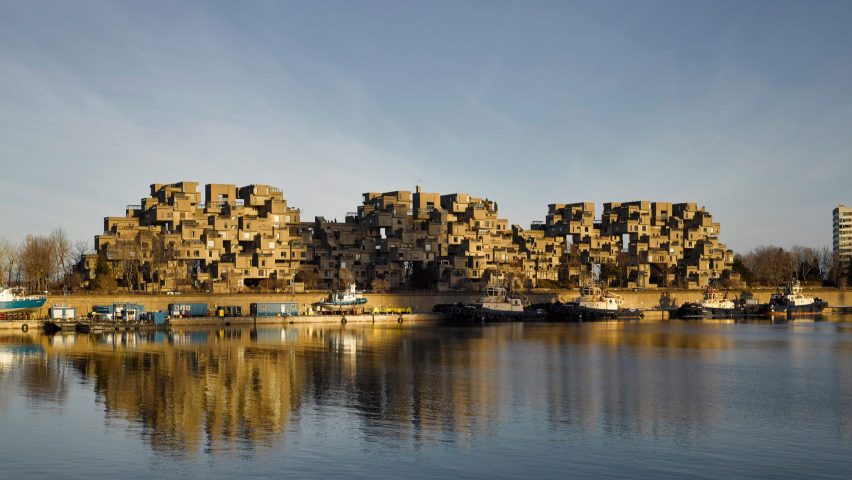
Moshe Safdie donates his Habitat 67 apartment to McGill University
Israeli-Canadian architect Moshe Safdie is gifting his personal unit at the brutalist-style Habitat 67 housing complex and his professional archive to his alma mater in Montreal, where he earned his architecture degree in 1961.
The gift was announced this week by McGill University, which has also received Safdie's professional archive of more than 100,000 items.
"I have always valued the great education I received at McGill that has guided me through my professional life," the architect said in a statement.
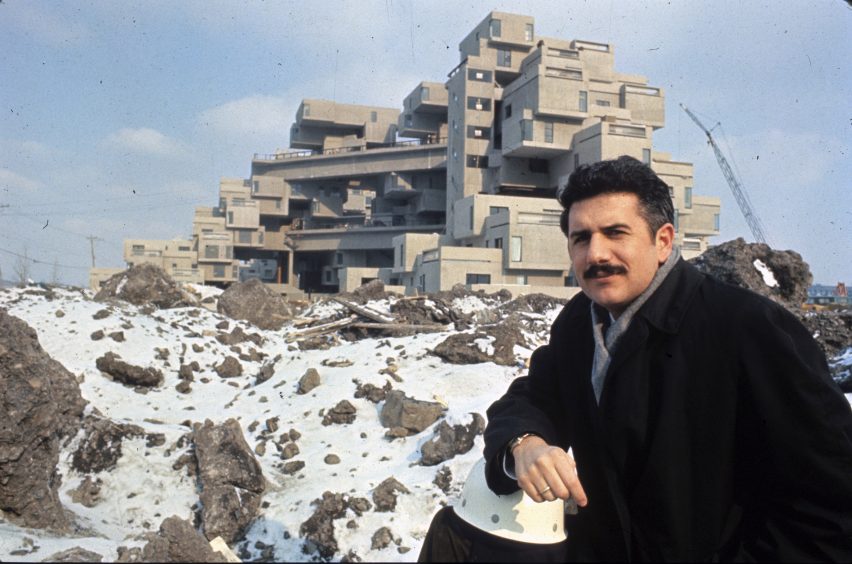
"Moreover, Canada has embraced and supported me, making possible the realization of several seminal projects."
"It is therefore fitting that McGill, Quebec and Canada will be the home of my life's work," he added.
Moving forward, the apartment will be used for scholarly research, exhibitions, symposia and artist-in-residence programmes.
As mandated by Safdie's gift, the nonprofit organization Fondation Habitat 67, in collaboration with the university, will oversee the unit's preservation and maintenance.

Located in the Cité-du-Havre neighbourhood, the residential complex was built for the 1967 World Exposition in Montreal, at which housing was a key theme.
Quebec's cultural ministry designated the structure a National Heritage Building in 2009.
Safdie wanted to ensure his personal apartment, along with his professional archive, remains a resource for both the university where he earned his architecture degree in 1961 – and the greater public.
The architect, who founded Safdie Architects in 1964, has completed projects around the globe and is a recipient of Gold Medals from both the RAIC and the AIA. Habitat 67, adapted from his school thesis, is credited with jump-starting his career.
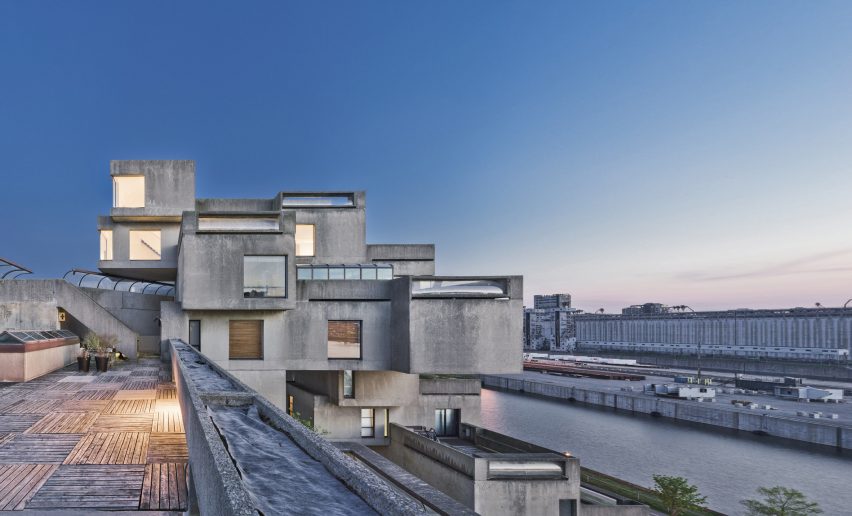
Safdie was just 23 years old when he was invited to submit his inventive design for consideration. At the time, he was apprenticing under noted American architect Louis Kahn.
The building – widely described as brutalist, a descriptor that Safdie rejects – is composed of 354 irregularly stacked, concrete boxes that were prefabricated. Woven into the complex are gardens and terraces.
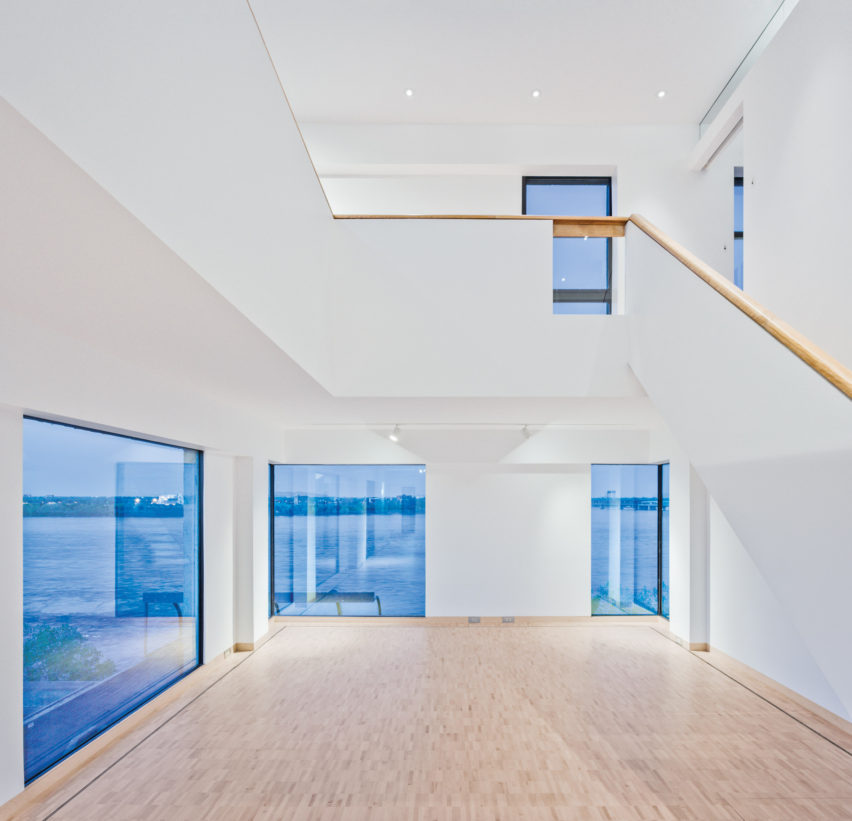
The government owned the building until the 1980s, when it was sold to a private developer and then to a consortium of tenants. Initially, the building held a total of 158 apartments, but units were combined over the years, reducing the number to 146.
Sadie's duplex unit, located on the 10th floor, originally belonged to the World Expo's commissioner. To mark its 50th anniversary, the unit was carefully restored to its original condition in 2017.
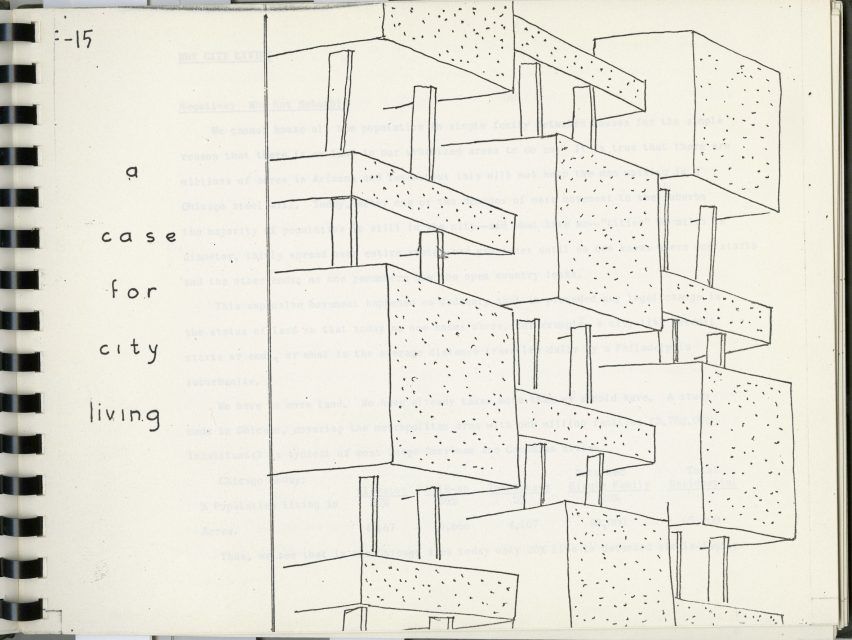
The university is also receiving the 100,000 items in Safdie's professional archive, which includes models, sketchbooks, loose sketches, drawings, correspondence, and audio-visual material.
The collection chronicles Safdie's career, from his "first unpublished university papers and projects through more than 50 years of architectural practice", covering approximately 300 design projects – both built and unbuilt.
The archive includes a master copy and original model of Safdie's undergraduate thesis, A Case for City Living, which was the progenitor of Habitat 67.
The archive was initiated in 1992 by John Bland, who had been director of McGill's architecture school while Safdie was a student there.
The material will become part of McGill's John Bland Canadian Architecture Collection. Storage space totalling 5,000 square feet (464 square metres) has been designated for the archive.
The material will aid in the study of Safdie's projects, philosophies and design approach — and will be particularly beneficial to the university's architecture school, said the university's dean of libraries, C Colleen Cook.
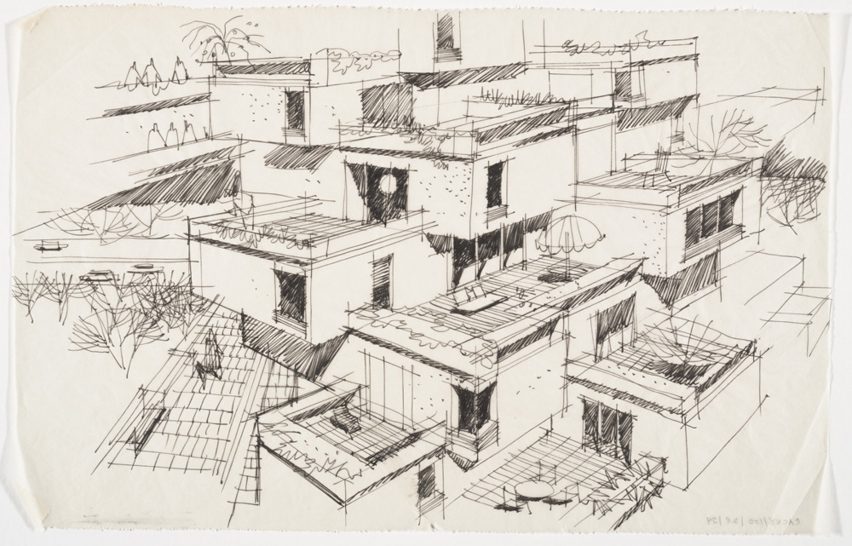
"Student engagement with primary material will inspire fresh examination, perspectives and discussion," Cook said.
In addition to its Boston office, Safdie Architects has offices in Jerusalem, Shanghai and Singapore.
Recent projects by the studio include a medical centre in Brazil with a massive atrium topped with a vaulted glass roof, and a long, tubular sky bridge that connects four skyscrapers in Chongqing, China.
The imagery is courtesy of McGill University. The top photo is by James Brittain.